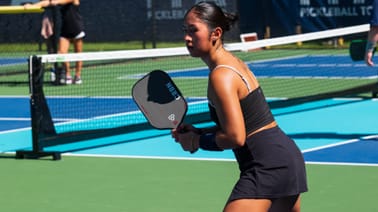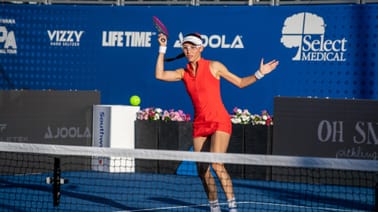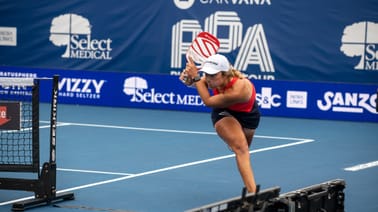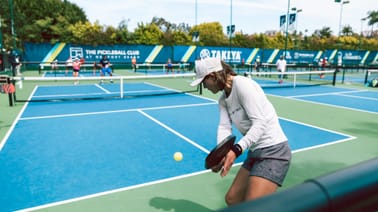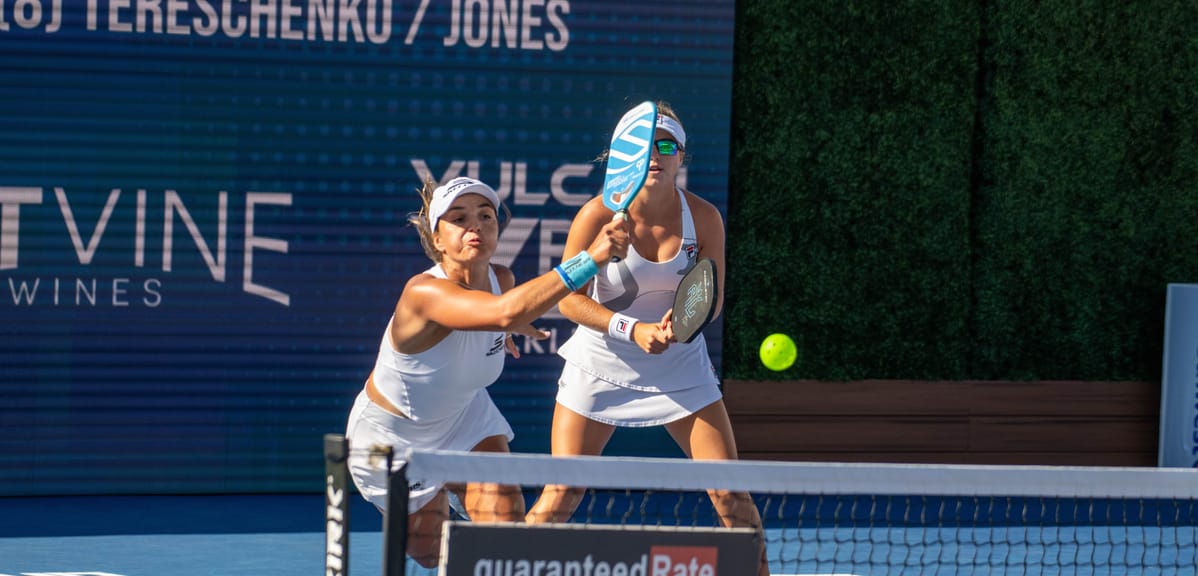
Hitting one good attack isn’t enough anymore.
With players getting faster and more skilled, you’ve got to be prepared for multiple shots, not just one. In this article, I’ll walk you through three attack patterns that pro players use to dominate their opponents. We’ll also cover some specific drills and footwork tips to help you execute these patterns during your games.
Let’s dive in.
It’s All About Patterns, Not Just Power
Pickleball used to be about hitting one strong shot to win the point.
Now, everyone’s hands are so quick that a single attack usually won’t end the rally. Instead, you need to think about patterns of play, where one shot sets up the next. Your goal should be to apply pressure over multiple shots, using placement and timing to take control of the point.
3 Key Attack Spots to Master
There are three key attack spots you should focus on when trying to keep the pressure on your opponent. These attack points are simple but highly effective, and learning to use them in combination will give you an edge.
1. Forehand Attack from the Right Side
This is one of the most common attacks in pickleball. You’ve got the ball on your forehand, and your opponent’s backhand is exposed. Attack down the line, aiming for their backhand. After your first shot, be ready for them to counter through the middle, and move in with your backhand to keep the pressure on.
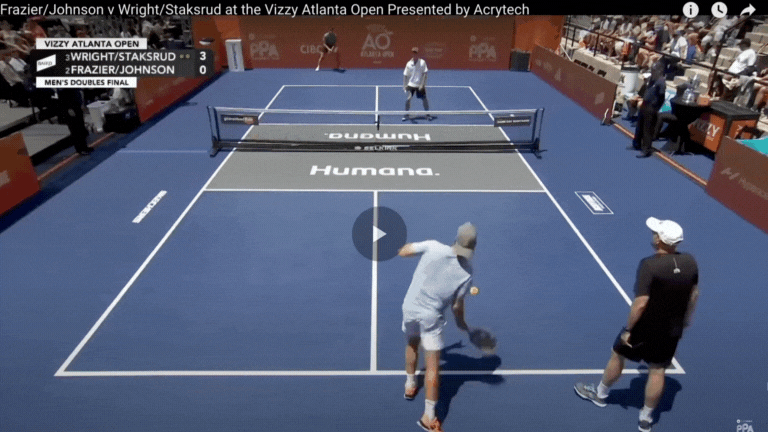
Key Tip: This shot crosses the highest part of the net, so aim for control rather than power. Hitting too hard will often lead to errors.
2. Off-Speed Forehand Attack
Instead of going for power, take a big swing but hit the ball softly, aiming low toward your opponent’s knees. This can throw them off balance because they’re likely expecting a fast shot. If they pop the ball up, you’ll be in a great position to finish the point.
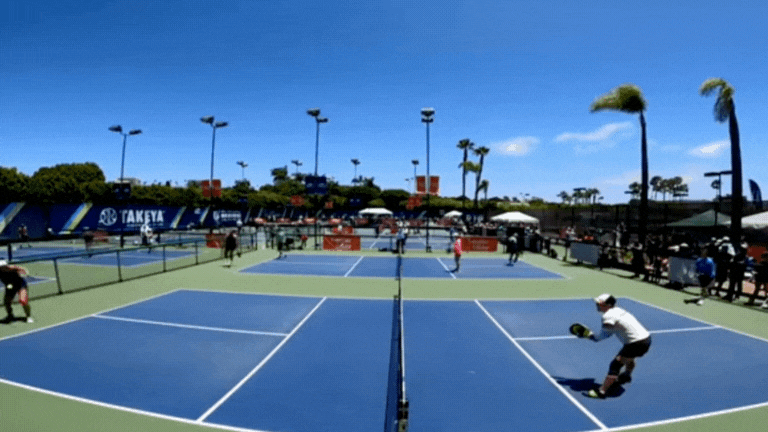
Key Tip: After hitting the off-speed shot, anticipate that your opponent will try to counter through the middle. Be ready to pounce.
3. Body Shot Attack
Aiming directly at your opponent’s body is a smart move, especially if they’re not ready to move. The challenge is that they could counter to either side, so you’ll need to stay neutral and ready to respond with either your forehand or backhand.
Key Tip: Keep your stance low and balanced when aiming for the body. Being too committed to one side can leave you exposed to a quick counter.
Drills to Practice These Attack Patterns
Here are some practical drills to help you lock in each of these attack patterns:
Forehand Attack from the Right Side Drill
Target Practice: Set up cones or targets along the sideline and practice hitting forehand attacks to the same spot consistently.
Counter Preparation Drill: Have a partner return the ball through the middle after your attack. This lets you practice responding with your backhand immediately after your forehand attack.
Off-Speed Forehand Attack Drill
Disguised Shot Drill: Practice taking a big swing but hitting the ball softly to different targets. Alternate between hard drives and off-speed shots to improve your ability to disguise your attacks.
Low Return Drill: Have a partner send low balls toward your knees and practice returning them with control, keeping the ball low to prevent an easy counter.
Body Shot Attack Drill
Body Target Drill: Aim for your partner’s body, practicing how to stay neutral and ready for whichever direction they might counter. Focus on recovering quickly after each shot.
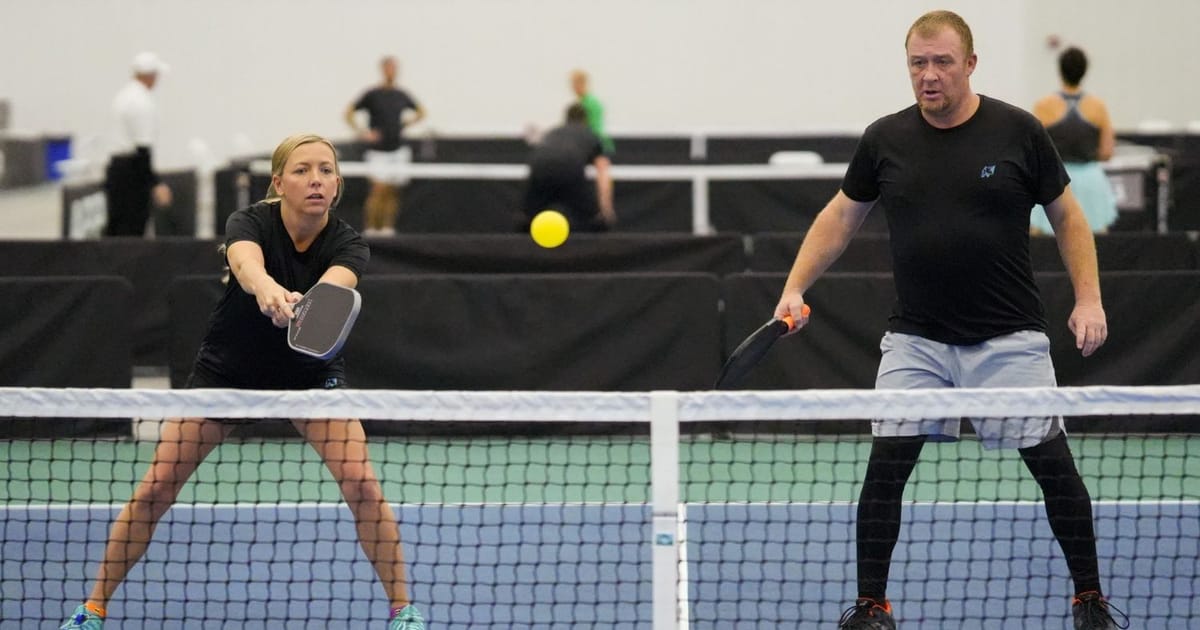
Footwork and Court Awareness: Positioning is Key
Getting into the right position for these attacks is just as important as the attack itself. Here’s how to improve your footwork and court awareness:
Stay Low and Mobile: Your stance should always be low, with knees slightly bent. This keeps you ready to move in any direction, especially after an attack.
Recover to Neutral: After hitting your shot, get back to the center of your side of the court. This gives you the best chance to defend against any counter your opponent might make.
Lateral Movement Practice: Work on quick lateral shuffles so you can move efficiently across the court. Staying balanced and centered will keep you ready for the next shot.
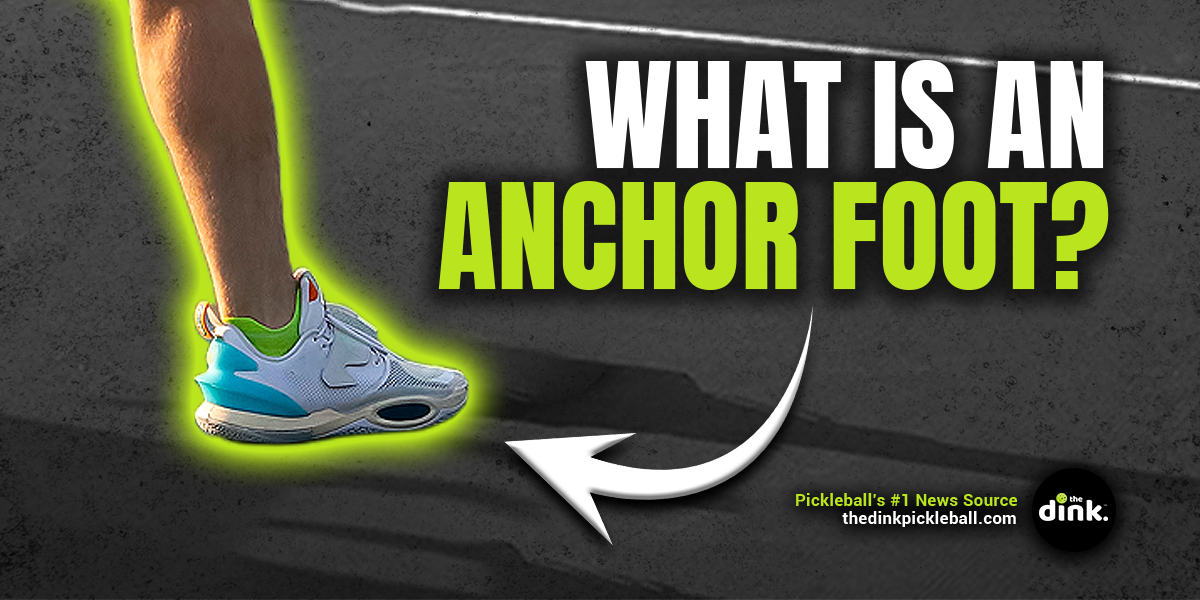
When to Use These Attacks
Timing your attacks is just as important as executing them correctly. Here’s when each of these attacks works best:
Forehand Attack Timing
This attack works best when your opponent is slightly out of position and you can force them to respond with their backhand. It’s a high-percentage shot when done right.
Off-Speed Attack Timing
Use this when your opponent is expecting a fast, powerful shot. Mixing in an off-speed shot keeps them guessing and makes it harder for them to set up their next move.
Body Shot Timing
A body shot is a great choice when your opponent is under pressure and doesn’t have time to get out of the way. It forces them to make quick decisions, and they’re more likely to make mistakes.
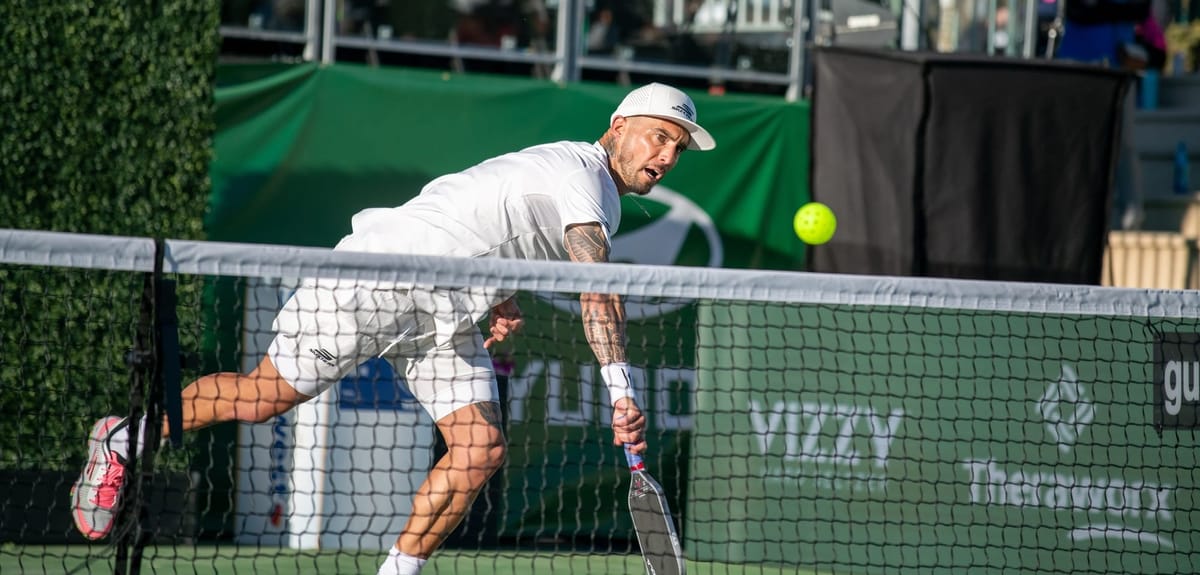
Mental Game: Staying Focused During Fast Exchanges
Pickleball is a game of quick decisions and fast exchanges. Here are a few ways to stay mentally sharp and ready for whatever comes next:
Be Patient: Wait for the right opportunity before making your move. A well-timed attack is much more effective than forcing a shot.
Expect the Counter: Always assume your opponent will return the ball. Be ready for their counter, and don’t let your guard down after your first attack.
Stay Calm: In fast hand battles, it’s easy to panic. Focus on placing your shots and staying composed rather than just swinging hard.
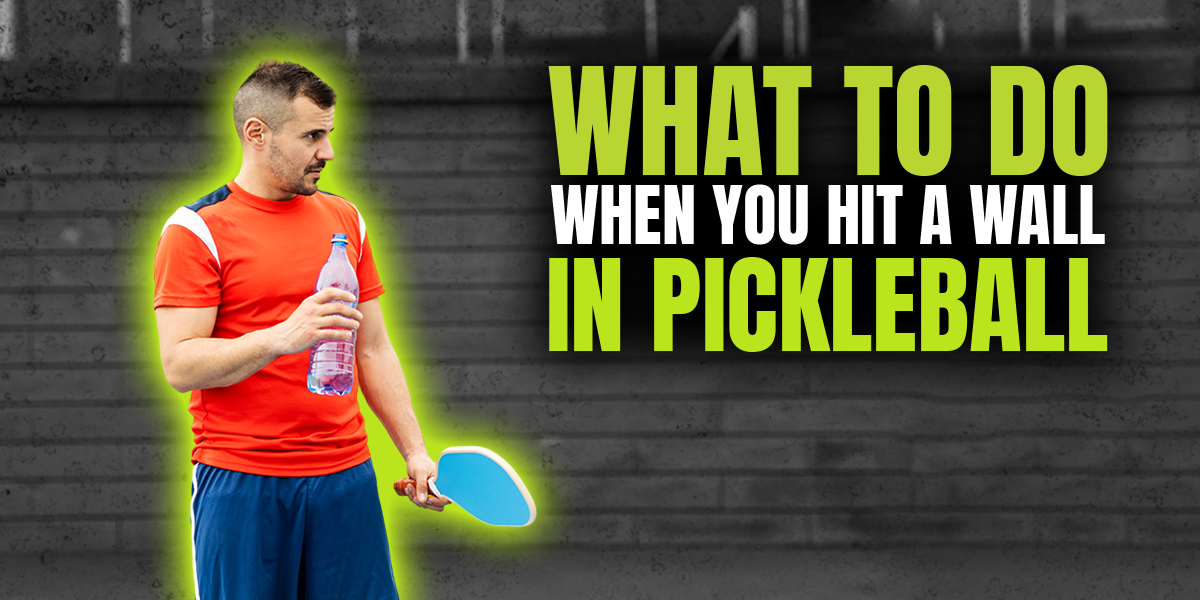
Defending Against the Counter
Even if you’re executing great attacks, your opponent will fight back. Keep your paddle up and be ready to react. Watch your opponent’s body language to anticipate their next move, and adjust your position to stay in control of the rally.
|

Love Pickleball? Join 100k+ readers for free weekly tips, news & gear deals.
Subscribe to The DinkGet 15% off pickleball gear at Midwest Raquet Sports



